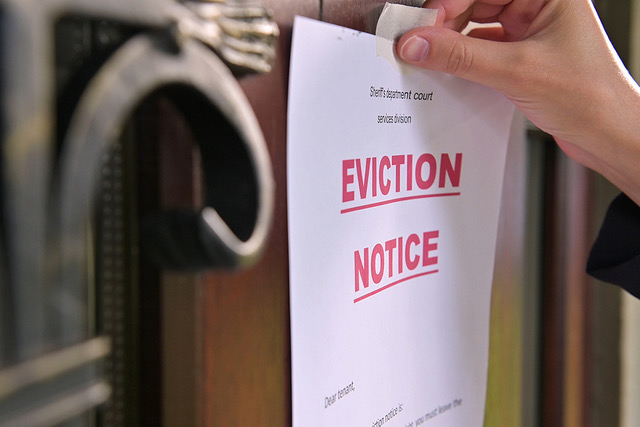Blog

Trusted Northwest Suburban Law Firm
847-944-9400
By Paul Koontz
When March 2020 rolled around, I would wager that not a single soul would understand what was about to come next for over 19 months—an eviction moratorium.
When COVID-19 was designated a worldwide pandemic and a national emergency in the United States, federal and state governments decreed that in order to keep the public safe and prevent homelessness on a scale never seen before, tenants could not be evicted except in instances of health and safety, or the property was for commercial use.
In December 2020, the U.S. Congress passed the federal Consolidated Appropriations Act of 2021, in part, allocating to Illinois $834 million for rental assistance.
Beginning in May 2021, the Illinois Rental Payment Program (ILRPP) began to accept applications from tenants who had experienced a COVID-19 hardship, such a loss of employment, medical bills, etc. The ILRPP was under the control of the Illinois Housing Development Agency (IHDA).
Government assistance for tenants and landlords never had been done on such a grand scale. It also probably was not considered prior to March 2020. This is a legal situation of first impression. One in which guidance from both Illinois courts and the Illinois legislature remains in its infancy.
One hallmark of all rental assistance programs that I have observed has a requirement. If the landlord completes the application, they are accepting the amounts awarded and the case must be dismissed, and a new eviction based on failure to pay rent cannot be filed at least 90 days following acceptance of rental assistance.
In many cases, rental assistance will provide funding through three months. It allows a tenant to remain in the property, dismiss a pending eviction action and prevent the landlord from filing a new eviction based on failure to pay rent.
The extra time is where great confusion comes into the proceeding. On one hand, yes, a landlord wants to be paid what he is already owed as a matter of right due to a tenant’s breach of lease. Whether it is written or oral, it is the same. On the other hand, the tenant wants to remain in the property and have as much time to locate a new property to move into.
However, the catch is this: in Illinois, a landlord is required to mitigate their money damages. This means, if a landlord has the means to lower the amount owed by a tenant and refuses to do so, that amount can be subtracted from the overall judgement. If rental assistance is going to pay the whole amount of back rent, and three months in the future in a case that is based on a failure to pay rent, the court could dismiss the case due to a landlord failing to mitigate their damages and making the basis for the eviction moot.
The argument the landlord should make is that accepting or denying rental assistance is not as simple as the mitigation of damages requirement wishes to instill. A landlord should not be required to accept rental assistance, and in doing so, is required to allow the tenant to stay for up to three months, dismiss the action and begin anew after the three extra months are over. Nor should a landlord be punished for denying rental assistance and have the eviction dismissed for failure to mitigate damages.
Either position is a violation of public policy. Repayment of sums owed to a landlord should not come with requirements to continue the tenancy and then be applied as a failure to mitigate when the landlord does not want to continue renting to a particular individual.
Only the future knows if some form of rental assistance is here to stay, or if it will be allowed to come to its natural conclusion … when the money runs out.
If you are a renter or a landlord and have questions related to COVID-19 laws, please contact the law firm of Gardi, Haught, Fischer & Bhosale Ltd. to review your matter. Request a free case evaluation below.
